Reflex Aerospace
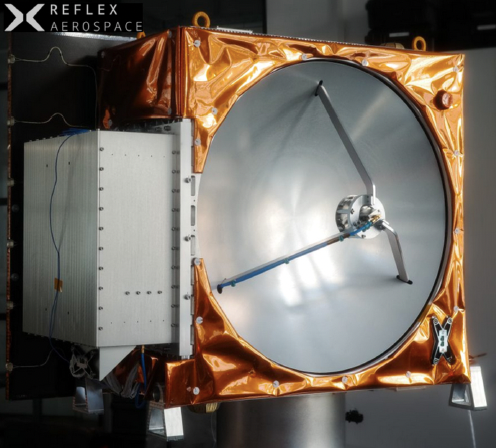
Reflex Aerospace’s 109 kg., 16U, SIGI nanosatellite delivered a Media Broadcast Satellite (MBS) payload to orbit. Onboard is a multispectral camera and neural network for imagery analysis. This is the pilot mission for the development of The Balkan Constellation.
SATLANTIS
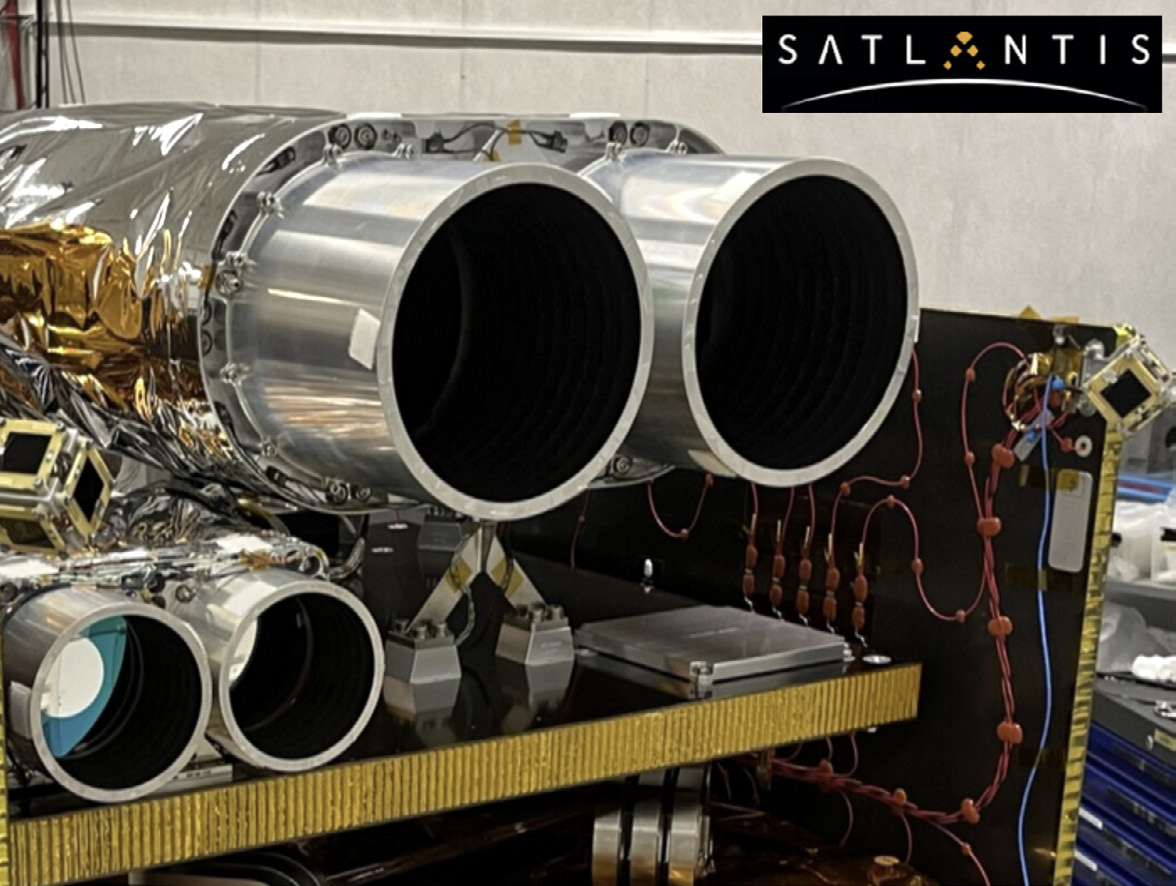
The SATLANTIS GARAI A is described by the company as a MicroSatellite dedicated to Earth Observation, providing submeter resolution. Aboard this Mission 7 are the ISIM-90 and ISIM-170 payloads that deliver multispectral, short-wave infrared, polarimetry and video capabilities. The GARAI A cubesat represents a new generation of satellite for SATLANTIS. Through the Iberian Space Partnership between SATLANTIS, Ceiia and Geosat, the satellite will serve as the forerunner of the Atlantic Constellation.
SATORO
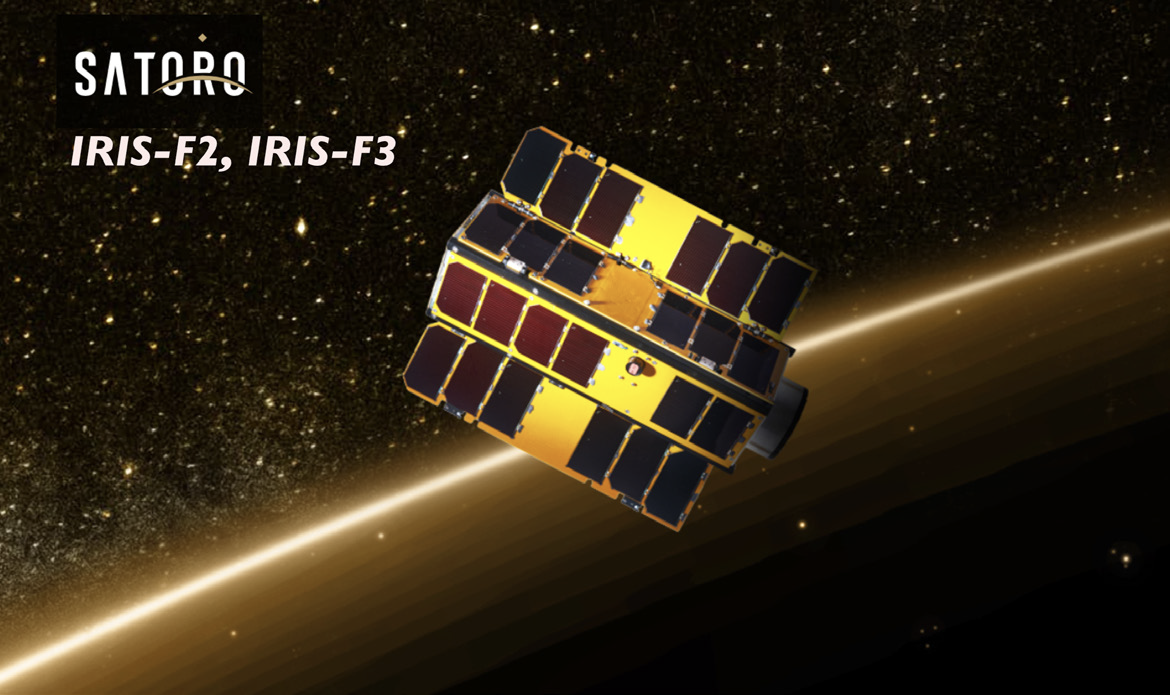
The SATORO 3U payload of IRIS-F2 and IRIS-F3was developed by National Cheng Kung University in Taiwan and SATORO Space are both academic demo smallsats.
SatRev
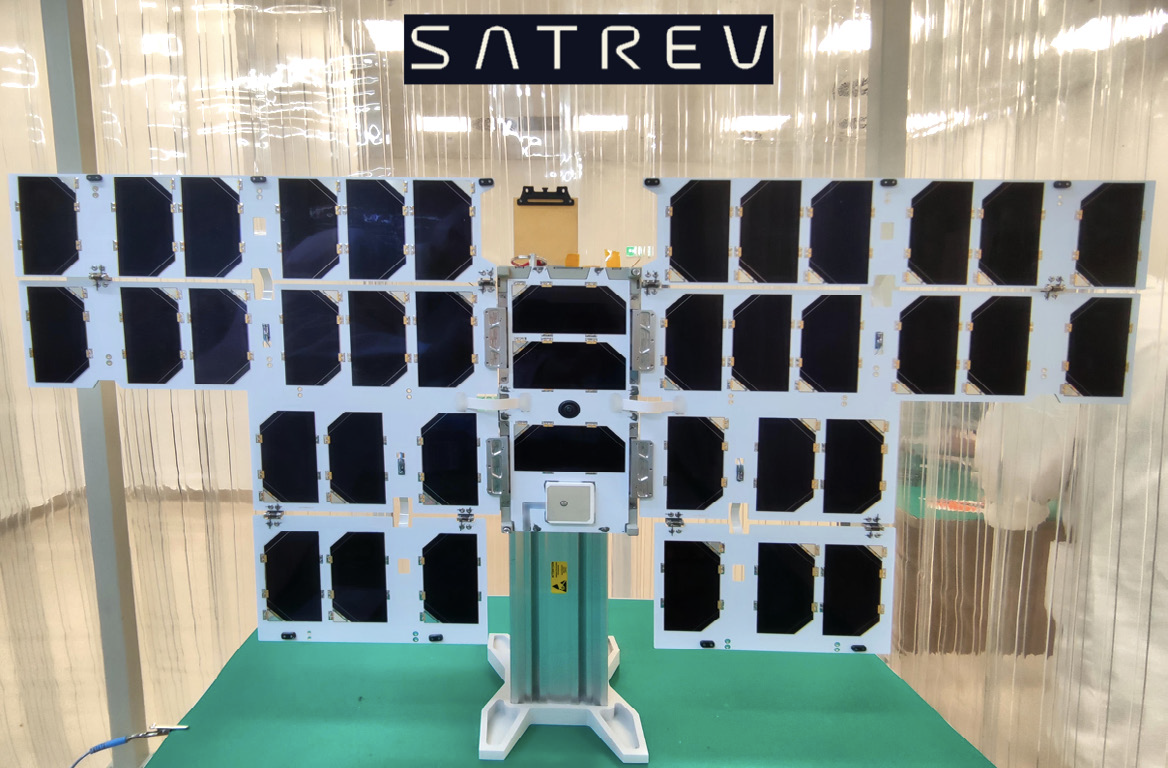
SatRev developed the Raccoon satellite platform, which serves as a foundation for advanced space missions. The smallsat was precisely positioned into its operational orbit using the advanced Impulse 2 Mira transfer vehicle.
Racoon has an advanced ADCS system ethat nables accurate satellite positioning, a crucial technology for Earth observation. There is also an innovative EPS energy management system that ensures efficient operation, even in harsh space conditions. Plus, a modular platform design allows for a variety of payloads, making this platform an ideal solution for commercial and scientific clients.
SEOPS
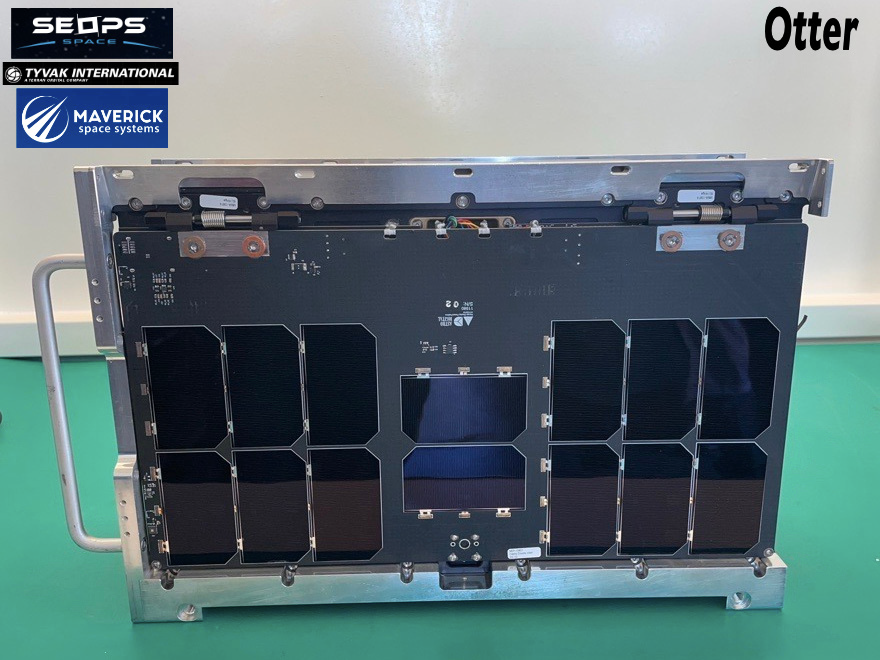
SEOPS marked their first mission of the year with the successful launch of Otter, a National Reconnnaissance Office (NRO) R&D demo smallsat, in partnership with the Naval Postgraduate School (NPS) and New Zealand Defence Force’s (NZDF) Defence Science & Technology (DST).
The 12U cubesat was built by Tyvak International and SEOPS handled the capacity as well as integration support, with launch integrator Maverick Space’s ruggedized dispenser deploying the smallsat to orbit.
There are three payloads on this spacecraft. The primary payload is called Tui, named after a native bird, and is an NZDF payload built by DST in Aukland, New Zealand, that will characterize and validagte space-based communication network performance.
Two NPS-built payloads are also manifested on Otter—an X-band transmitter and the next iteration of LOOP to continue experimenting with line-of-sight communications by using two banks of LEDs, transmitting in green and near-infrared wavelengths, that are capable of modulating light for basic messaging. The LOOP project uses a ground-based optical telescope to observe the LEDs on the CubeSat to evaluate how to track objects in LEO. Otter is a significant step forward toward the future goal of high-rate optical communications using the MC3 network.
More than 20 NPS students will have directly contributed to the Mola and Otter CubeSats as part of their master’s and Ph.D. research.
SEOPS Space coined the name SAT GUS for the Tyvak International built smallsat that allows people to snap selfies in space with Earth in the background. The “Space Selfie project,” launched by CrunchLabs aims to send participants’ selfies to space, display them on a satellite-mounted phone, and capture a photo with Earth in the background before sending the photo back to the participant.
Space Flight Laboratory
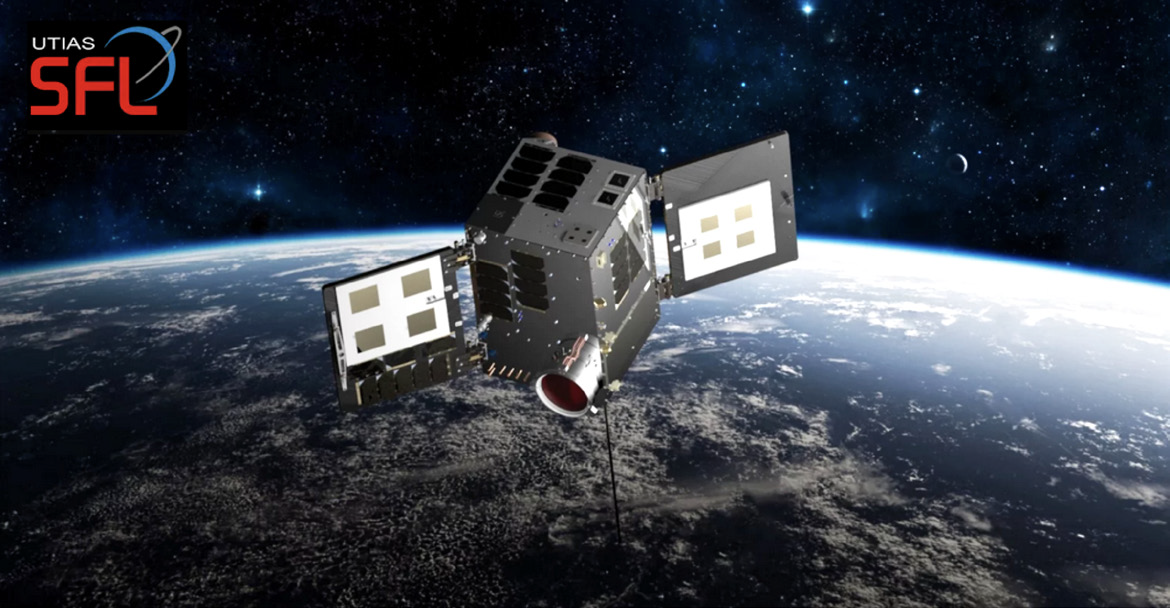
Space Flight Laboratory (SFL) developed three, 30 kg, formation-flying microsatellites for Defence Research and Development Canada (DRDC)—the Gray Jay Arctic surveillance technology demonstration mission.
DRDC funded the Gray Jay demonstration mission to support Canada’s ability to exercise sovereignty in the Arctic and provide enhanced situational awareness for safety and security applications. As a research and development mission, the microsatellite cluster flies in close formation and carries multiple sensors to enable independent methods of detecting surface and airborne objects, including radio frequency (RF) geolocation.
These concurrently obtained sensor observations are expected to improve the responsiveness of detection and follow up, which may not be straightforward or timely when individual sensors are located on non-collaborating satellites.
DRDC selected SFL for the Gray Jay mission due to SFL’s successful track record in precise attitude control and formation flying – capabilities that are challenging to achieve reliably and consistently with low-mass smaller spacecraft. For Gray Jay, precise spacecraft attitude is critical for operation of the imaging payload, while accurate orbit determination and formation flying are important for RF geolocation sensors.
The Space Inventor EDISON
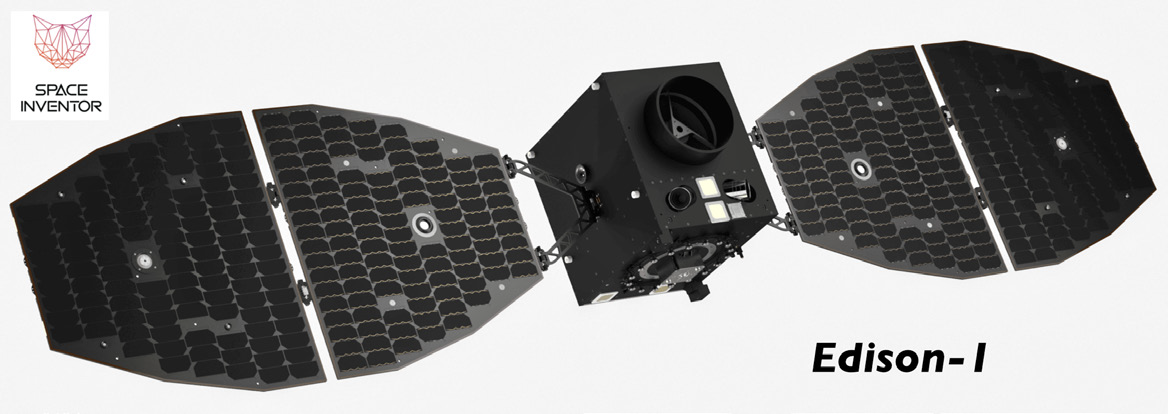
The Space Inventor EDISON 8U cubesat mission marks a step forward for Space Inventor. For the first time, the company has become not just satellite builders but satellite owners. With ESA’s funding, this project brings together technologies from third payload providers to showcase their technologies.
Onboard payloads include: Neumann Space thruster, ION-X EHD electrospray thruster, and Infinite Orbits advanced camera technology.
Spanish National Institute of Aerospace Technology
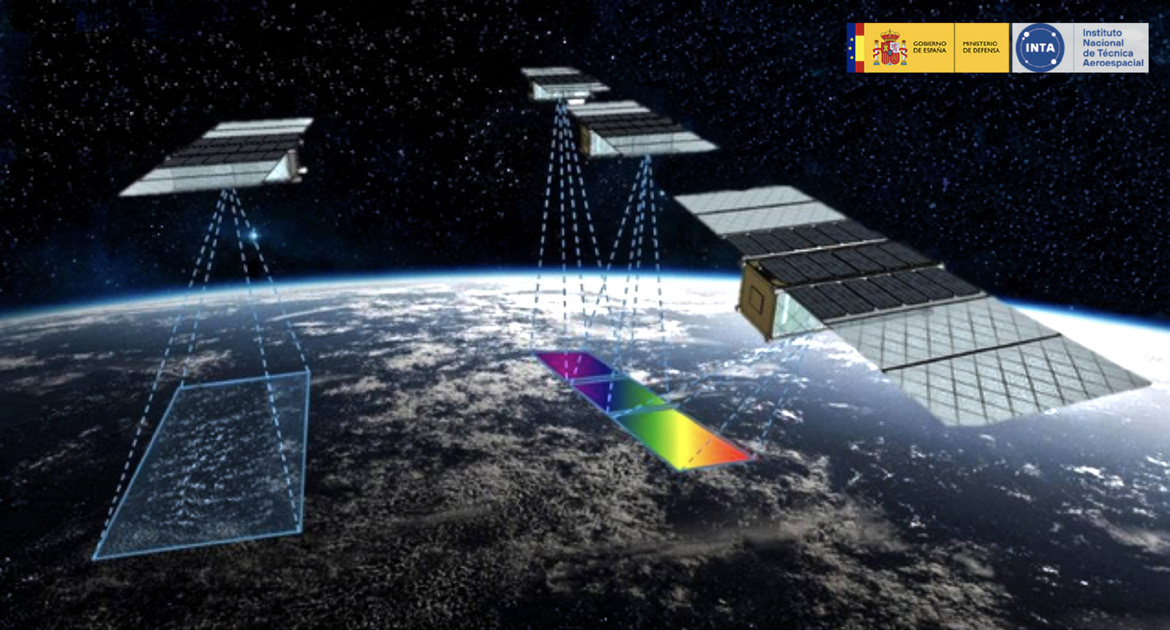
Spanish National Institute of Aerospace Technology (INTA) is a Public Research Organization that depends on the Spanish Ministry of Defence. It is responsible for performing scientific research activities and prototypes in its field of knowledge, as well as providing technological services to companies in the industry, universities and other institutions.
INTA specializes dually in technological research and development in Aeronautics, Aerospace, Hydrodynamics, Security and Defence technologies.
Two ANSER (Advanced Nanosatellite Systems for Earth observation Research) Follower and one LEADER smallsats were lauched in October of 2023 via a Vega rocket; however, that mission’s Leader satellite failed to deploy. The two Follower satellites have since been drifting down from 570 km toward their science orbit at 500 km, using differential drag to control their rate of descent. This mission will see if the two Followers can rendezvous with the new Leader-S satellite launched on the Transporter-12 mission.
These smallsats are intent on monitoring water quality in Spanish reservoirsand swamps and is able to detect different contamination leels in shallow layers. Global warming will also bestudies through detection of atmospheric greenhouse gasses.
These satellites will fly about 10 km apart with a distributed attitude control to negate any disorientation and avoid satellite loss and will engage in formation flying. Alén Space provided the Inter-Satellite Link (ISL) system that enables intra-communications between the satellites, operating in the 401 to 402 Mhz RF range. The main instruments include the Cinclus CDD photometer with 5 narrow spectral bands and the Cassegrain telescope with the use of freeform optics and two mirrors to reduce central darkion.
Spire
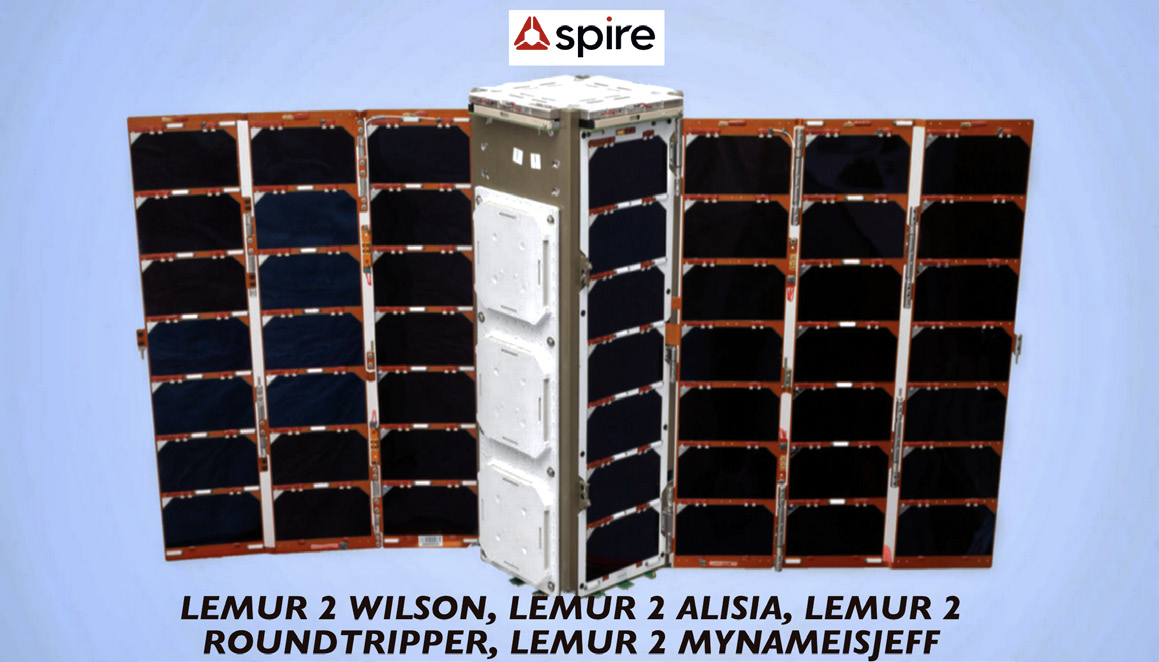
Spire’s Low Earth Multi-Use Receover (LEMUR) is the company’s 3U cubesat that is used to track martime, aviation and weather from space.
There were six LEMUR spacecraft on this Transporter-12 mission. These configurable, modular satellite support configurations in the 5 kg to 24 kg/16U range.
Two LEMUR 3 satellites, developed in collaboration with Myriota, will expand global IoT coverage with cutting-edge direct-to-orbit communications, enabling Myriota’s IoT solutions to operate seamlessly and more effectively—these were deployed by D-Orbit.
Three LEMUR satellites are equipped with advanced atmospheric sensors and AIS systems that will elevate Spire’s weather forecasting and maritime traffic monitoring, providing essential data for aviation and reconnaissance.
Telepix
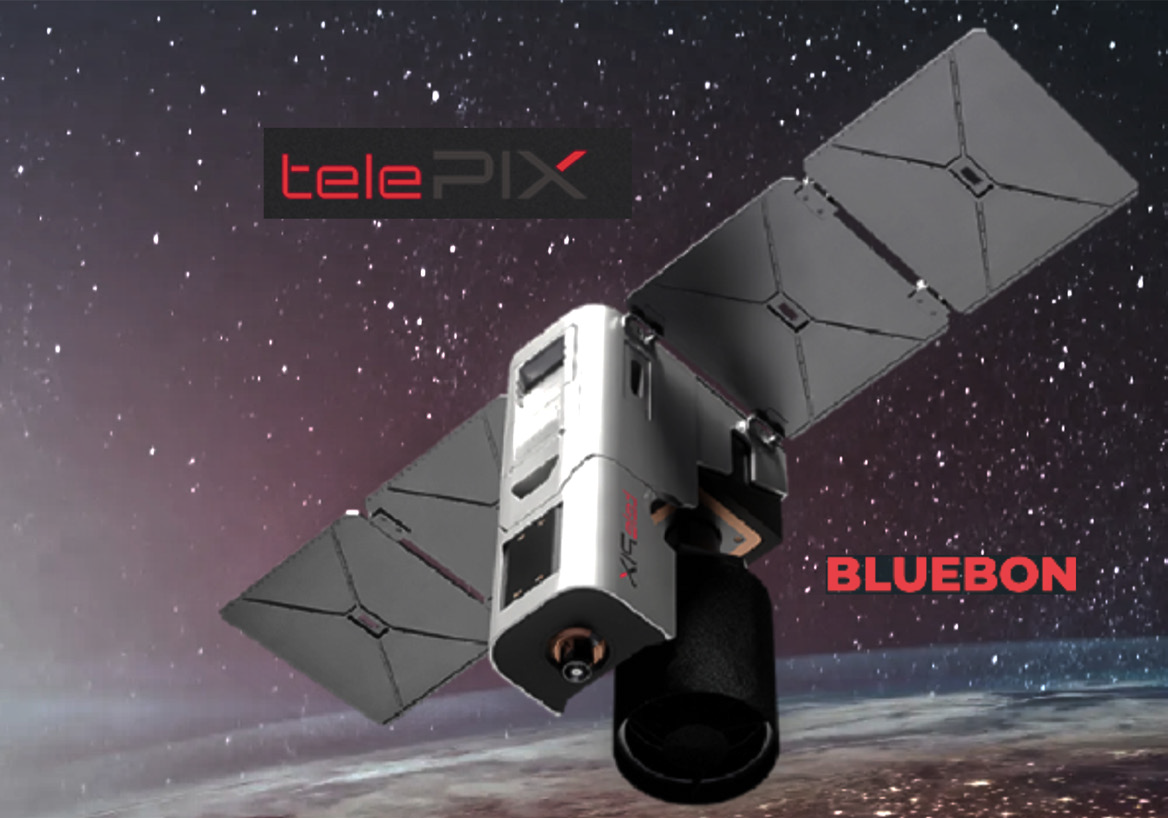
Telepix successfully launched the world’s first, blue carbon monitoring satellite, ‘BlueBON.’
BlueBON is a satellite developed to observe blue carbon, including Sargassum. Blue carbon refers to carbon absorption sources in marine and coastal ecosystems. The satelllite is equipped with a multispectral camera developed by the company that can efficiently verify the amount and distribution of floating algae. Monitoring information on blue carbon confirmed by BlueBON can be used in the carbon emission rights market.
The BlueBON satellite is also equipped with a high-performance AI processor called ‘Tetraflex.’ Tetraflex is a graphics processing unit (GPU)-based edge computing solution that can perform AI model inference and image processing directly on satellites in space. The GPU included in Tetraflex is the same product used in the latest 200 kg class satellite of a U.S. global space corporation, which is ten times the size of BlueBON.
TRL Space
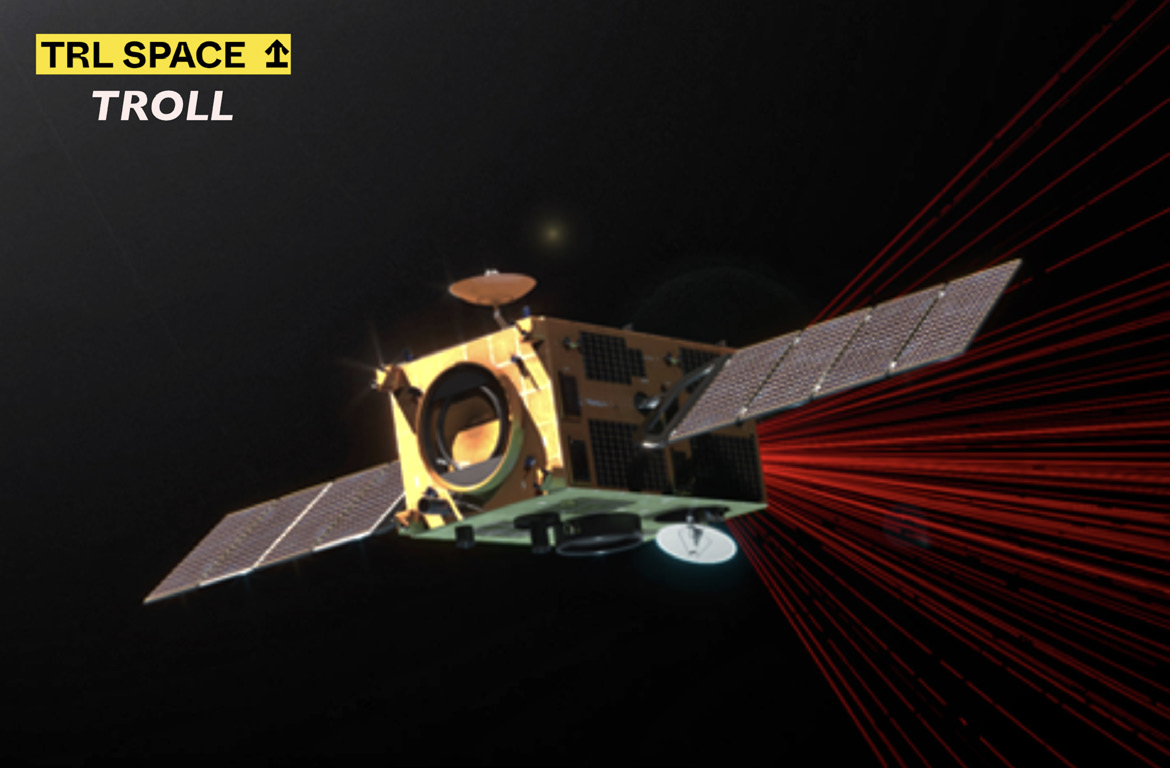
The TRL Space TROLL is a 6U CubeSat, a satellite that has dimensions of 20×10×34 centimeters and will be tasked with mapping satellites in LEO as well as testing products, whether TRL Space or other start-ups.
TROLL is a hyperspectral nanosatellite built using tailored ECSS. It is equipped with a 4.75m GSD, 20 km swath at the nadir that can capture up to 32 bands in the range from 442 to 884 nm. Thanks to its customized, on-board data processing it maximizes the lifetime value of the data-hea,vy hyperspectral imagery while protected with a unique cybersecurity module.
Combining in-situ, drone, and satellite measurements, the TROLL satellite can offer unique insights into agriculture. Such can include monitoring specific crops in different vegetation periods or various farming practices to improve health, estimate yields, or support policy planning.
The environmental applications of TROLL range from disaster and drought monitoring to carbon sinking or biodiversity mapping as well as support for environmental protection agencies by mapping illegal logging, landfills, leakages or contaminations.
TU Berlin
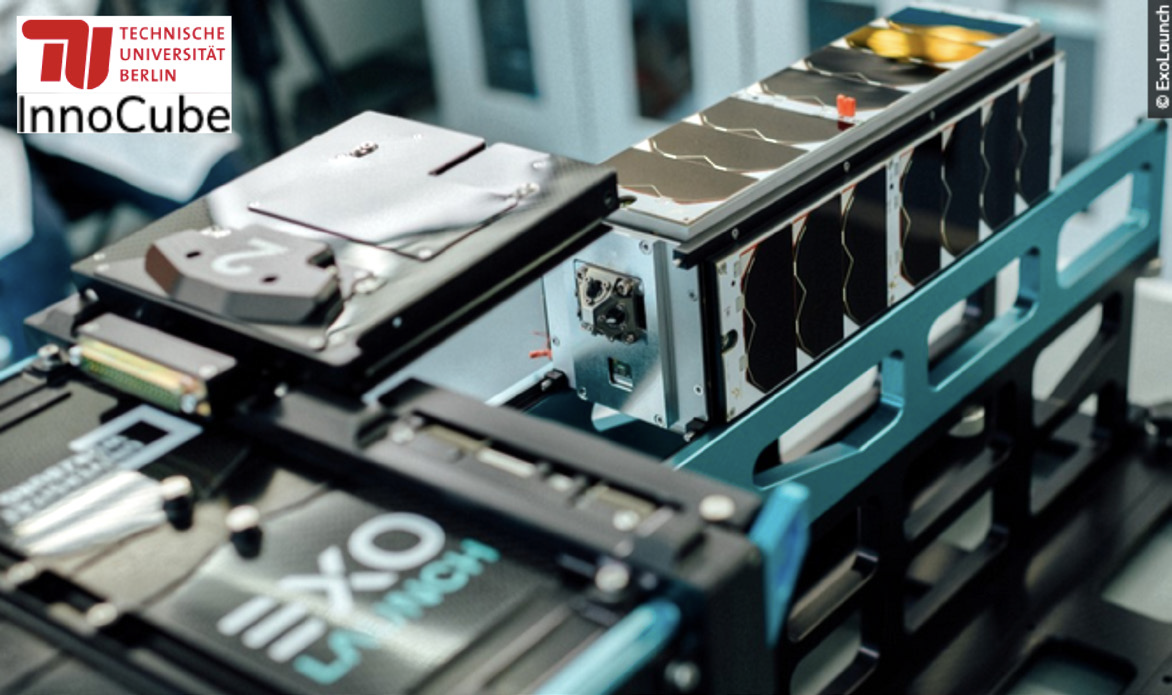
TU Berlin’s InnoCube is a 3U+ smallsat that is slotted to SSO and weighs in at 4.5 kg. This spacecraft will initially be used for scientic use and will then be operated for educational purposes. This smallsat is also the platform for Technische Universität Berlin and the University of Würzburg advanced technologies: SKITH (wireless data bus system), Wall#E (solid-state battery), EPISODE (secondary payload for satellite positioning), BEECON (satellite ID and tracking), and a reconfigurable amateur radio experiment).
Students were instrumental in supporting the project. Numerous theses and projects have contributed in particular to the development of the EPISODE secondary payload. After the scientific mission has been completed, the satellite will be incorporated into teaching and remain in operation by the Student Satellite Operation Team.
The UK Research and Innovation

The UK Research and Innovation (UKRI) Strategic Priorities Fund’s SWIMMR is a £20 million, four-year program that will improve the UK’s capabilities for space weather monitoring and prediction. There is an emphasis on space radiation that can affect aircraft systems, changes in the upper atmosphere affecting communications, and surges in the current in power grids and other ground-level systems. These are significant risks to the infrastructures relied upon in daily life and are recorded in the UK’s National Risk Register.
SWIMMR is developing and deploying new instruments, models and services to support the UK space weather community and the Met Office Space Weather Operations Centre. This programme will significantly add to the UK’s capability to predict and mitigate the hazards of space weather, as well as providing a basis for wider international collaboration over the four-year lifetime of the proposal and beyond.
The SWIMMR Core mission is the second mission of the SWIMMR S1 ‘Improved in-situ radiation measurements for space and aviation’ project, implemented by the Space Physics and Operations Division of the Science and Technology
Facilities Council (STFC) RAL Space. The mission will consist of a radiation monitor HardPix developed by Czech Technical University, integrated on ION Satellite Carrier to provide radiation data to the Met Office Space Weather Operations Centre, from altitudes between 330km and 1200km.
Unseenlabs
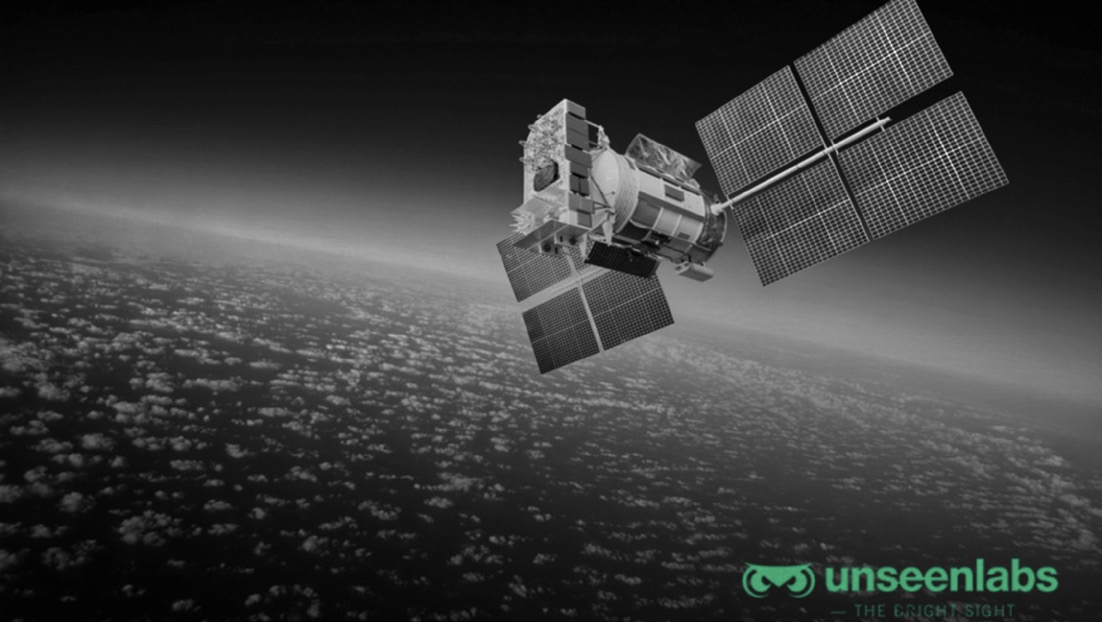
Unseenlabs’ BRO-16 and BUZZER-1 monosatellite technology enables the detection of vessels, even when AIS transponders are deactivated. With BRO-16, the company will continue to provide cutting-edge RF intelligence solutions to a diverse clientele, including governments, NGOs, insurers, and shipowners.
The company operates a satellite-based technology to identify, recognize and track a broad range of radio emitters and collects and processes proprietary data for maritime surveillance.
A new space-based radio frequency (RF) detection system, developed in-house detects and characterizes the passive electromagnetic signature of any ship, anytime, anywhere on the globe, regardless of weather conditions.
VZLU AEROSPACE
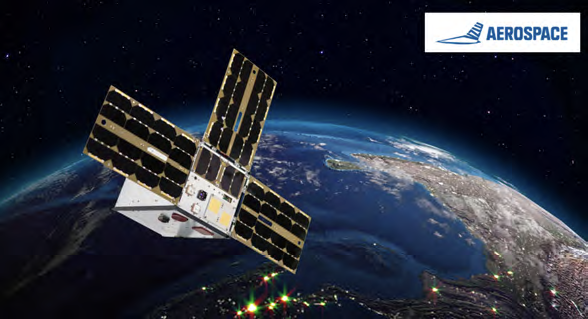
Developed by VZLU AEROSPACE in the Czech Republic, SATurnin-1 is the largest functioning Czech satellite in space. Its solar panel span measures 87 cm, while the satellite body has dimensions of 32 cm x 22.5 cm x 22.5 cm.
This is a scientific and research mission focused on modern remote sensing technologies. The key components of the satellite were developed in the Czech Republic, the satellite was integrated at VZLU AEROSPACE, Prague. Unlike other satellites, SATurnin-1 does not rely on foreign technologies, and the data onboard is processed using AI algorithms. Equipped with a high-resolution camera, SATurnin-1 captures images of the Earth.
The next planned missions include the VZLUGEM satellite constellation, focusing on technologies to identify and monitor objects posing threats to Earth’s critical infrastructure, as well as the AMBIC and QUVIK satellites, which have been recognized by the Ministry of Transport of the Czech Republic and ESA as “ambitious Czech missions.” Additionally, VZLU AEROSPACE cooperated on ESA projects, including the Proba-3 and Ariane 6.
XDLINX
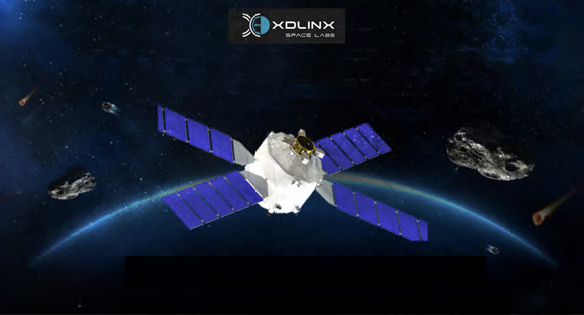
The XDLINX Elevation-1 payload is the world’s first, miniaturized, space-grade, E-band payload, designed to demonstrate E-band communications with digital modulation, achieving data rates that exceed 10 Gbps. The available payload mass ranges from 75 to 100 kg. The spacecraft’s solar panels generate 600 W of power. The smallsat has a 3-axis stabilized Attitude Determination & Control System, and an Electric/Chemical Propulsion System.
Additionally, XDLINX Space Labs is developing a 150 kg class satellite that will host Synthetic Aperture Radar (SAR) and Multi-Spectral optical sensors together using XDSAT-M600 platform for its customer scheduled to be launched in Q3-2025.
Uzma Berhad
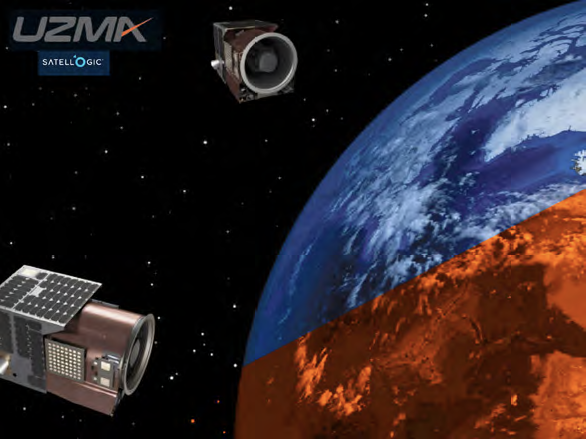
Uzma Berhad (Uzma Group) launched UzmaSAT-1, Malaysia’s first commercial, very high-resolution Earth Observation (“EO”) satellite. UzmaSAT-1 becomes a member of Satellogic’s satellite constellation, and will be managed by that firm, delivering submeter (up to 50cm per pixel) high resolution imagery and data.
A single UzmaSAT-1 contains as much as 1GB of data that covers 50 sq. km and is refined to a resolution of 50 cm. The smallsat has as many as seven daily revisits and multi-spectral imaging capabilities. This launch aligns with the Malaysia Space Exploration 2030 (MSE2030) and the Malaysia Space Industry Strategic Plan 2030 (SISP2030) initiatives.
SpaceX valued at $350bn
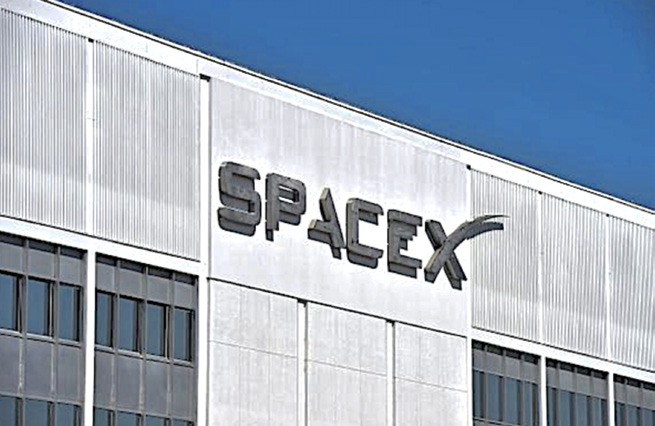
This value has been suggested to split with the Starlink broadband system representing about 65 per cent of SpaceX’s valuation at $227.5 billion and the rocket launch side of the business accounting for 35 per cent at $122.5 billion.
According to a recent Bloomberg broadcast, SpaceX is now valued at about $350 billion (€336.2bn).
SpaceX is privately held and does not issue detailed breakdowns of its revenues. However, as of this writing, Starlink accounts for about 60 percent of SpaceX’s total revenues and 75 percent of its total EBITDA.
Investment bank analysis from Morgan Stanley expects Starlink to trend closer to 75-80 per cent of total revenue and profitability in the longer term.
The recent ‘Tender Offer’ made by SpaceX of shares priced at $185 per share is where the $350 billion valuation was determined and resulted in making SpaceX the world’s most valuable private company. The $185 per share is well ahead of the $112 per share achieved in the previous cash-raising round.
There have been mixed messages from Elon Musk on the prospects of mounting an Initial Public Offering (IPO) for either SpaceX or its Starlink division. The current position from Musk is that he has given “no thought” to an IPO.

